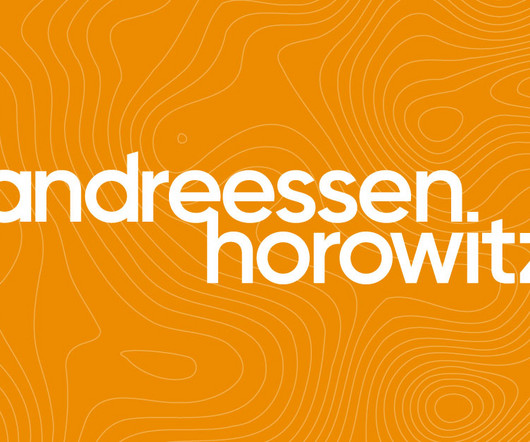Why The Future Of US High-Tech Is Bright
YoungUpstarts
SEPTEMBER 25, 2012
Other social networking, online marketing, clean-tech and bio-tech companies have fallen out of favor with some investors, fueling speculation regarding the future of the US technology sector. A growing number of skeptics are openly talking of a ‘high tech bubble’. These costs are largely fixed. They are not alone.



















Let's personalize your content